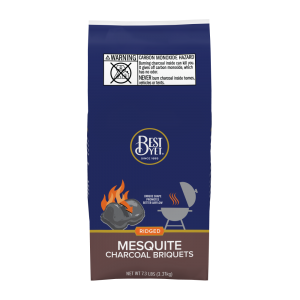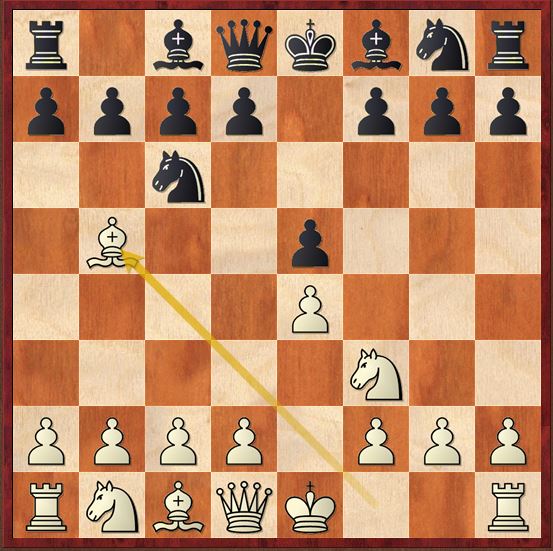Figure 5 from Hepatoprotective effects of Lycium chinense Miller fruit and its constituent betaine in CCl4-induced hepatic damage in rats.
Por um escritor misterioso
Last updated 10 novembro 2024

Fig. 5. Effects of LC and betaine on hepatic histology in CCl4-intoxicated rats. Livers were sectioned and stained with hematoxylin–eosin (H&E): (A) normal control, (B) LC control, (C) CCl4 + vehicle control, (D) CCl4 + 250 mg/kg LC extract, (E) CCl4 + 5000 mg/kg LC, (F) CCl4 + 1000 mg/kg LC, (G) CCl4 + 10 mg/kg betaine, and (H) CCl4 + 100 mg/kg betaine. Scale bars = 100 m. - "Hepatoprotective effects of Lycium chinense Miller fruit and its constituent betaine in CCl4-induced hepatic damage in rats."

PDF) Hepatoprotective effect of Carthamus tinctorius L. against carbon tetrachloride induced hepatotoxicity in rats
Full article: Hepatoprotective effects of norgalanthamine on carbon tetrachloride induced-hepatotoxicity in mice

Plants, Free Full-Text
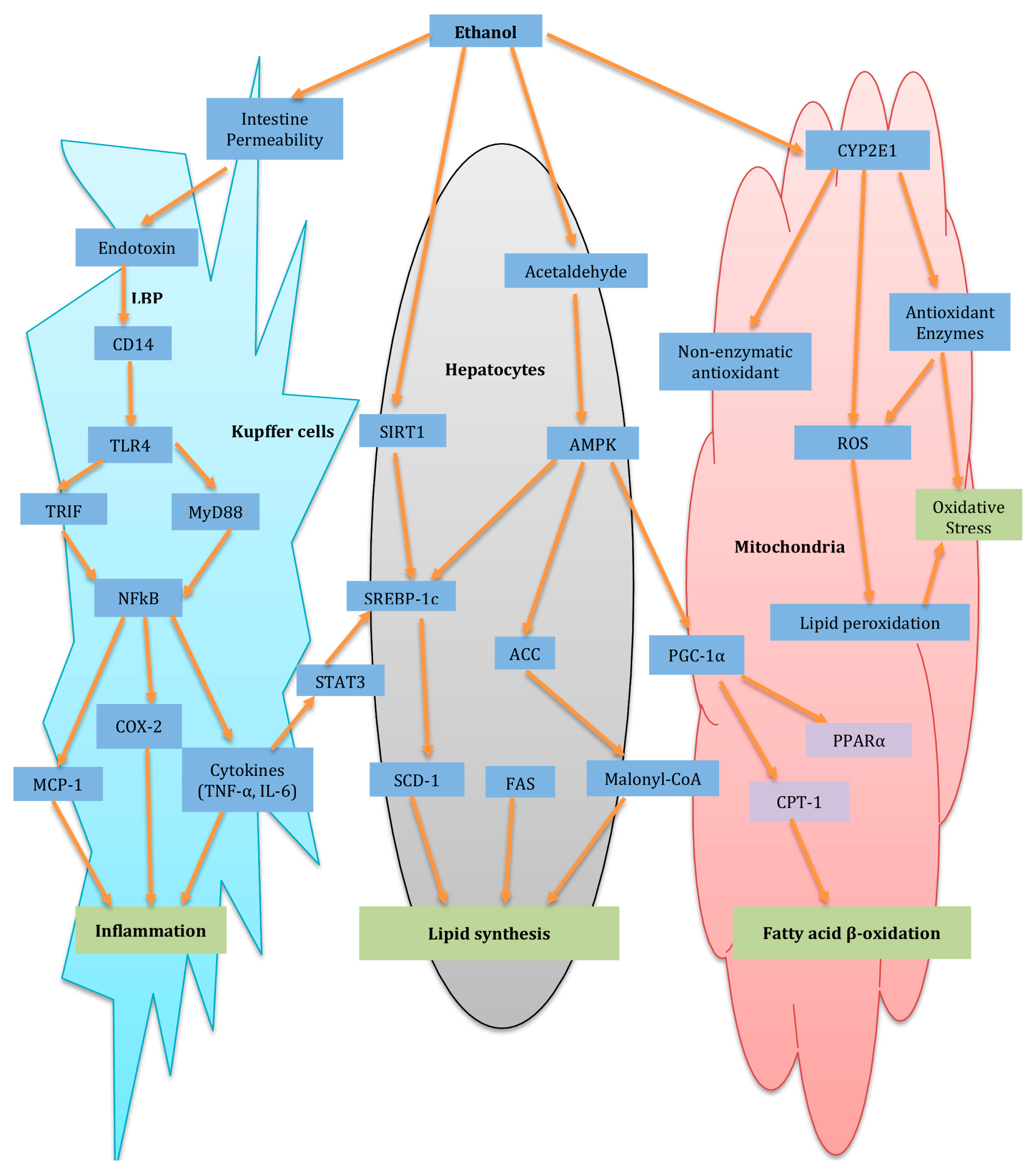
IJMS, Free Full-Text

Hepatoprotective and Antioxidant Capacity of Mallotus repandus Ethyl Acetate Stem Extract against d-Galactosamine-Induced Hepatotoxicity in Rats

Acid sphingomyelinase as target of Lycium Chinense: promising new action for cell health, Lipids in Health and Disease
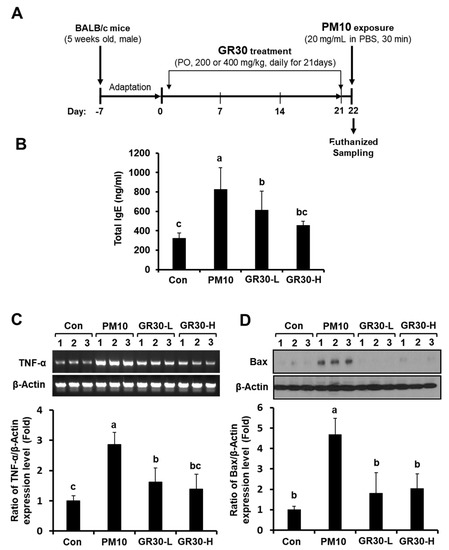
Plants, Free Full-Text

PDF) Hepatoprotective effects of Nasturtium officinale and Allium polyanthum extracts against CCl4-induced hepatic damage in albino rats
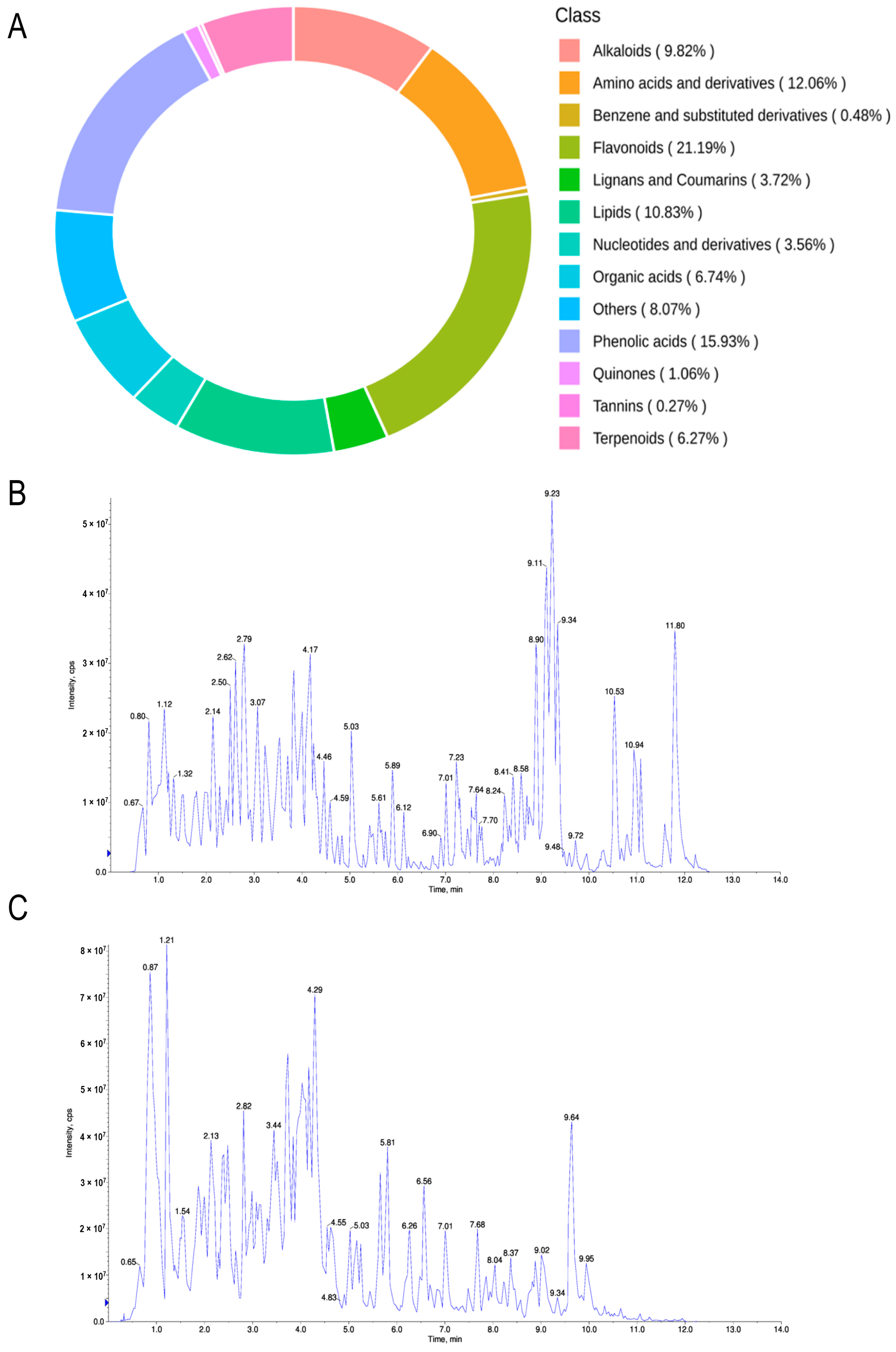
IJMS, Free Full-Text

PDF) Hepatoprotective effect of fermented black radish (Raphanus sativus L. var niger) in CCl4 induced liver injury in rats

Regulatory effects of the fruit extract of Lycium chinense and its active compound, betaine, on muscle differentiation and mitochondrial biogenesis in C2C12 cells - ScienceDirect
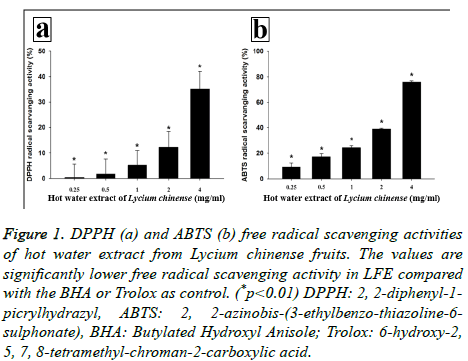
Antioxidant and proliferative activity of the fruit extract of Lycium chinense in regenerating liver after partial hepatectomy in rats
Recomendado para você
você pode gostar






